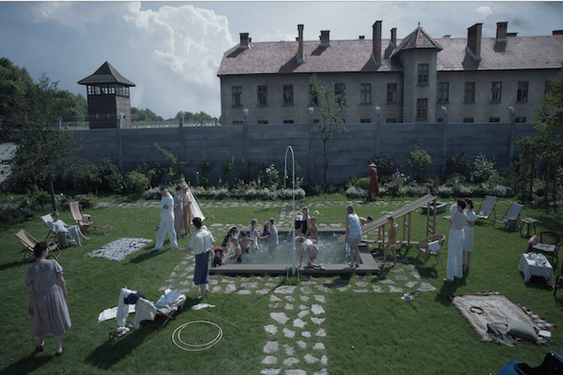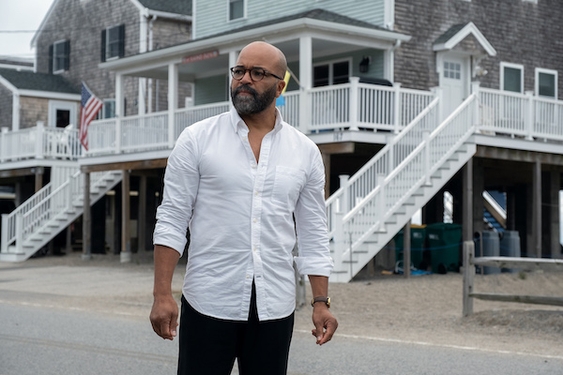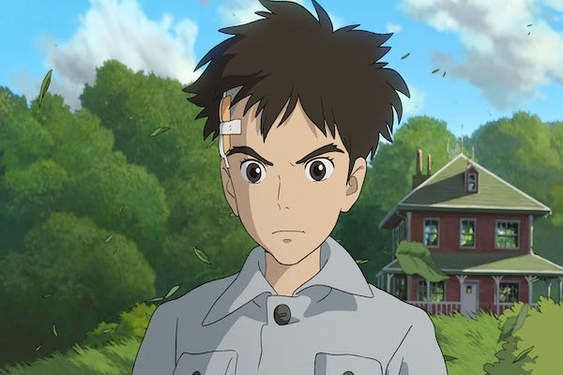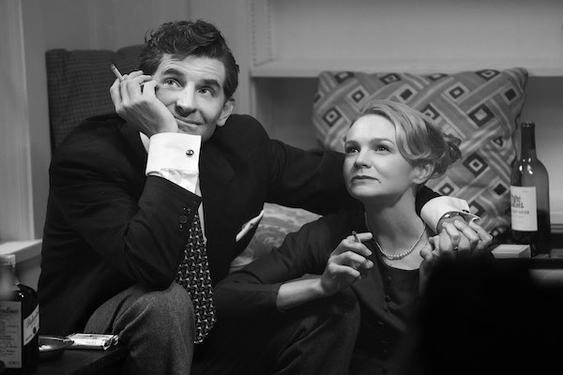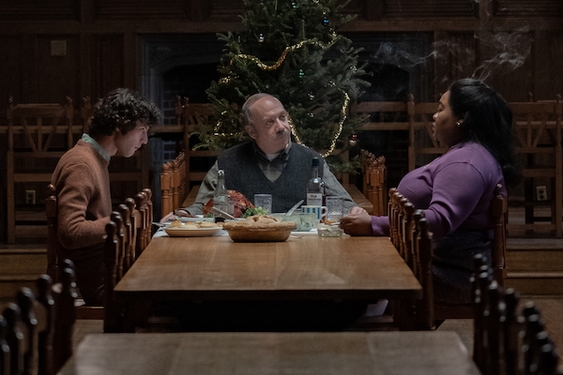Annie Sundberg and Ricki Stern’s film will teach you much about a conflict that has raged without end for three years now, having claimed 400,000 lives and displaced over 2 and a half million people in the Darfur region of Sudan. But it’s also the tale of one man’s journey: Brian Steidle, a young Marine from a military family, a tried-and-true patriot.
Steidle found himself in Sudan in 2004, employed to “monitor” the peace accord that was to put an end to the 20-year civil war between the predominantly Muslim northern region and the Christian south. Darfur, the only region closed off to foreigners by the Sudanese government, was not covered by the peace accord.
As the months went by, Steidle heard more and more atrocious stories about what was going on there. He had to get closer.
Steidle left his contract job to join with the African Union forces in Darfur, the only force, to this day, allowed to “protect” the people of Darfur. Though trained as a Marine, Steidle was not given a gun. He was given a camera.
Steidle’s camera would prove to be a very important tool; his exclusive photographs of the killing helped Nicholas Kristof of the The New York Times “break” the story for the first time.
Fully aware he couldn’t shop the photos around while in Africa, Steidle continued to hold out hope that the A.U.’s reports would affect change in the government, but he soon realized just how deep the corruption ran. Frustrated with his inability to do anything, Steidle packed up his film and came home.
Steidle passed through a revolving door of exposure within a few weeks of his return. He showed his photographs to the powers that be.
“The government said they’re doing what they could do. And thanked me for my work. And [later] asked me not to show my photographs.”
Steidle returned to Africa, to Chad (where Darfur survivors tend to end up) and Rwanda, to gather more information.
Three years have passed, and there are now a handful of organizations campaigning to “save Darfur.” Still, the killing, the cleansing, continues.
The Devil Came on Horseback offers us the invaluable narrative experience of Steidle, with his priceless Darfur footage and interviews. These are the faces, the words and the tears of human pain. Watching them, we remember our greatest capability as humans: our compassion.
Grade: A
The Devil Came on Horseback releases in select theaters June 1.



